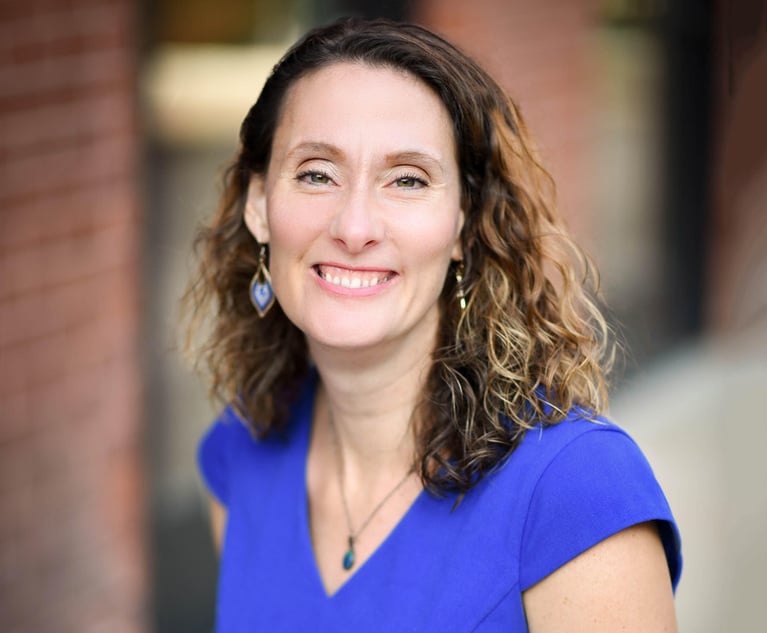In a well-argued case, the closing argument tracks—and elaborates on—the course set forth in the opening statement, which may be thought of as a “pledge” to the audience (because it takes the form of “the evidence will show”). And it is the most clearly structured and (usually) uninterrupted narrative of the trial. The lawyer delivering the closing is both author (he created the narrative) and narrator (he’s commenting on things that happened in the past―both the near past of the trial and the deeper past that the trial testimony ostensibly refers to). In commenting on what has taken place at trial—implying motives and suggesting states of mind that are inherently unknowable—the lawyer’s argument, as Wayne Booth says of the novel, “comes into existence as something communicable, and the means of communication are not shameful intrusions unless they are made with shameful ineptitude.” Because there is no distance between author and narrator in a closing argument, credibility is paramount, lest he lapse into “unreliable narrator” territory where, as Booth warns, “If he is discovered to be untrustworthy, then the total effect of the work he relays to us is transformed.”
This suggests that a lawyer’s closing performance—though free with respect to many particulars—must hew to generic expectations of what a closing argument should look like (perhaps unduly informed by television and movies). Thus, closing arguments tend to have a recognizable spine: praise for the jury’s dedication and diligence, a few personal touches designed to show a common history and shared values, a selective appropriation of the evidence ordered into story form, and scattered commentary casting doubt on the opposition’s case. The goal is of course to appear spontaneous and credible—hence we often see allusions to family and geography designed to draw jurors into a sense of shared community and values. And there’s typically an overall move to cast the jurors in a heroic light: individuals who are there to exercise their “common sense” as a shield against the opposition’s attempts to obfuscate with manufactured evidence and legal irrelevancies. A closing of this sort takes on the character of what Anthony Amsterdam and Randy Hertz have identified as a fabula, bearing many of the marks that we’ve already noted in our prior discussion of story structure. These characteristics become fully apparent in Daniel Webster’s closing argument in the 1830 case Commonwealth v. Knapp, which knots together many of the threads that we’ve spun to this point: fictions, exemplary narratives, and the lawyer’s performance as narrator in closing arguments. As we’ll see, Webster deploys a framed narrative to serve as an exemplary narrative. The interaction of those concepts is critical, so let me briefly detour before getting to Webster’s argument itself, next time in Part 2.


 Credit: Salivanchuk Semen/Shutterstock
Credit: Salivanchuk Semen/Shutterstock




